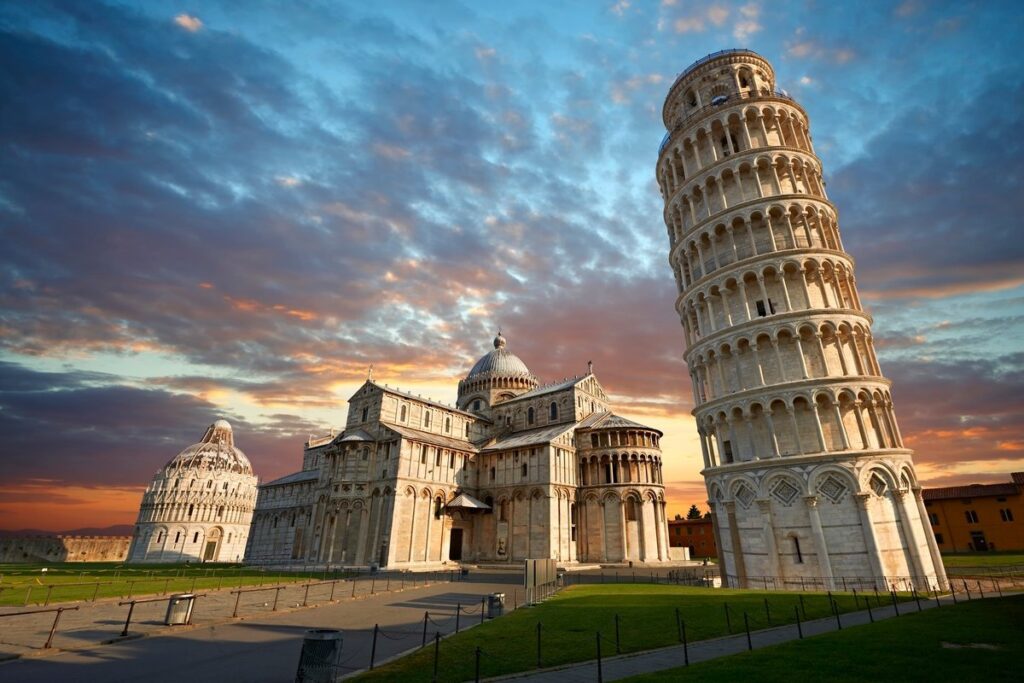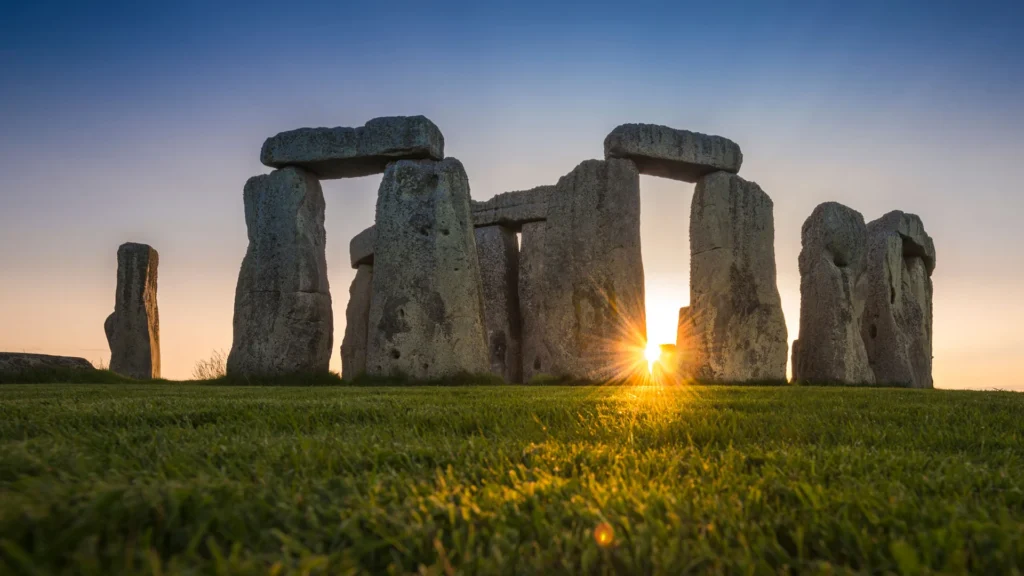Because of their grandeur, historical significance, and architectural brilliance, famous monuments all over the world are frequently praised. Although many people are familiar with their well-known characteristics and histories, there are numerous less well-known facts about these iconic structures that add intriguing layers. The following are ten surprising facts about some of the most well-known monuments.
1. The Unexplored and Uncharted Parts of the Great Wall of China

Although the Great Wall of China is well-known for its length and historical significance, many people are unaware that substantial portions of it remain largely unexplored and uncharted. The original condition of some of these lesser-known sections has been preserved deep within the mountains and forests. Different from the more well-preserved sections of the wall that are popular with tourists, these remote sections were constructed during various dynastic periods and demonstrate a variety of construction methods.
2. The secret underground chambers of the Colosseum

The Colosseum in Rome is famous for its architecture and gladiatorial games. However, the vast network of underground chambers known as the hypogeum is unknown to many people. Before entering the arena, animals, slaves, and gladiators were housed in this intricate system of rooms and tunnels. Elevators and trapdoors in the hypogeum made for dramatic entrances and exits, enhancing the games’ spectacle.
3. The Secret Apartments of the Eiffel Tower

The Eiffel Tower is a symbol of Paris with its observation decks and iron lattice structure. The fact that the architect of the tower, Gustave Eiffel, lived in a private apartment at the top is less well-known. Eiffel conducted personal and scientific experiments in this occluded apartment. The furnishings of the era were used to decorate the apartment, which was occasionally used to host distinguished guests like Thomas Edison.
4. The Taj Mahal’s Color Shifting

One of the most well-known love symbols, the Taj Mahal is frequently admired for its stunning white marble. However, this marble possesses a singular quality: It changes color in response to light and time of day. The landmark can seem pinkish at day break, white during the day, and brilliant at night. This variety moving impact is because of the marble’s mineral creation and the manner in which it reflects daylight.
5. The Color of the Statue of Liberty

When it was first built in 1886, the Statue of Liberty—a gift from France to the United States—was originally a dull brown color. The statue’s well-known green patina, which is now easy to spot, was caused by the copper plating’s natural oxidation over time. Copper reacts with oxygen and other atmospheric elements to produce the green color.
6. Astronomical Alignment of the Great Pyramids of Giza

The Great Pyramids of Giza are famous for being precisely aligned with the cardinal points. What is less popular is that they were additionally painstakingly lined up with the stars. It is believed that precise astronomical knowledge was used to build the pyramids, which were in line with particular stars in the Orion constellation, which was associated with Osiris, the Egyptian god of the afterlife.
7. The Leaning Tower of Pisa’s

First Lean The Leaning Tower of Pisa is well-known for its unintentional tilt; however, it is surprising to learn that the tower started leaning almost immediately after construction began in 1173. The underlying lean was brought about by the unsteady establishment and moving soil. The tower was stabilized in a variety of ways over the centuries, including soil extraction and reinforcement efforts, to prevent its collapse.
8. Machu Picchu’s Incomplete Designs

Machu Picchu, the old Incan city roosted high in the Andes, is praised for its structural complexity. However, the fact that some of the structures at Machu Picchu were not completed is unknown to many visitors. These unfinished structures raise the possibility that the city was still being built or that construction was abruptly halted, possibly as a result of the Spanish conquest or other unforeseen occurrences.
9. The Sphinx’s Secret Chambers The Great Sphinx of Giza,

A massive limestone statue with the head of a pharaoh and the body of a lion, has been a source of controversy for a long time. Late examinations have uncovered the chance of stowed away chambers underneath the Sphinx. If these chambers exist, they could house valuable artifacts or information about the civilization that built the statue.
10. Stonehenge’s Secret Stone Beginnings

Stonehenge, the ancient landmark in Britain, is popular for its huge standing stones organized in a round design. Many people are unaware that the stones originate from two distinct sources. The smaller bluestones came from the Preseli Hills in Wales, nearly 150 miles away, whereas the larger sarsen stones are thought to have been transported from a quarry 20 miles away. The transportation techniques utilized for these stones stay a secret, adding to Stonehenge’s confounding charm.
Conclusion
Famous monuments frequently contain their own secrets and less well-known facts that enhance the richness of their lengthy histories. These unknown aspects, which contribute to the allure and fascination surrounding these iconic structures, include hidden chambers, color changes, astronomical alignments, and their enigmatic origins. We are able to appreciate these monuments not only for their apparent grandeur but also for the hidden stories they carry by investigating these intriguing details.



GIPHY App Key not set. Please check settings